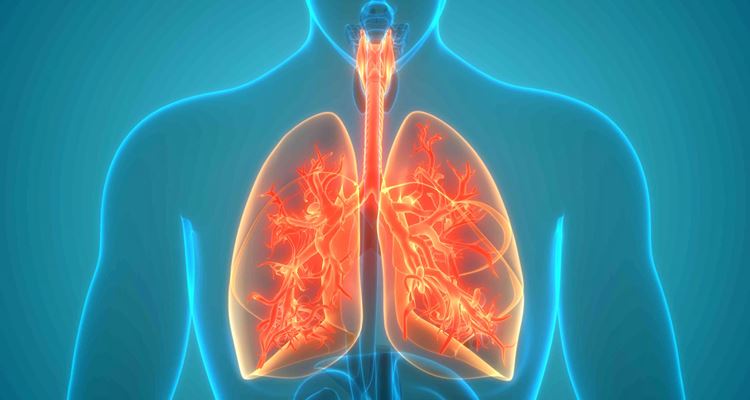Understanding the respiratory system parts and functions. Check them out below!
RESPIRATORY SYSTEM PARTS AND FUNCTIONS – These are the different parts of the respiratory system and understanding how each part functions.
We breathe because of our respiratory system. The organs and tissues making up this system is a network that helps us breathe by absorbing oxygen from the air and releasing waste gases, such as carbon dioxide.

Because of the respiratory system, we are able to:
- talk
- smell
- get oxygen to the cells of the body
- remove waste gases
- prevent harmful substances and irritants to enter the body
These are the different parts of this and the function of each part:
- Mouth and nose – the openings
- Sinuses – regulates the temperature and humidity of the air entering the body
- Pharynx (throat) – a tube where air from the mouth and nose passes by to the trachea or windpipe
- Trachea – connects the throat and lungs
- Bronchial tubes – the tubes at the bottom of the windpipe that connects the two lungs
- Lungs – passes oxygen to the blood
- Diaphragm – this is the muscle that helps the lungs to pull in and push out air
- Ribs – the bones that surround the lungs and heart
- Alveoli – this is where the exchange process of oxygen and carbon dioxide happens
- Bronchioles – the small branches of bronchial tubes leading to alveoli
- Lung lobes – sections of the lungs
- Pleura – the thin sacs that create distance between the lungs and the chest wall; they surround each lung lobe
- Cilia – the tiny hairs that filter the air
- Epiglottis – a flap of tissue found at the entrance to the trachea
- Larynx – the voice box
In a post from WebMD, diseases such as asthma, chronic obstructive pulmonary disease (COPD), pneumonia, tuberculosis, lung cancer, cystic fibrosis, idiopathic pulmonary fibrosis, and sarcoidosis are some of the common diseases affecting the respiratory system.
READ ALSO:
- Glutathione Side Effects – What Are The Effects Of Using Glutathione?
- Hypertension: Its Cause, Symptoms, & How To Lower Blood Pressure Level Fast
What can you say about this? Let us know!

